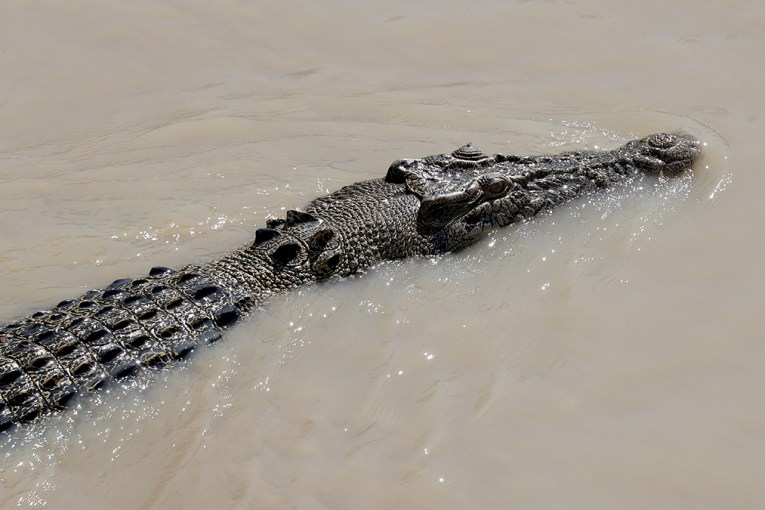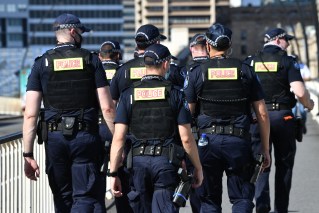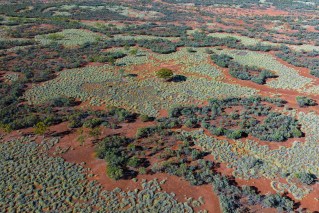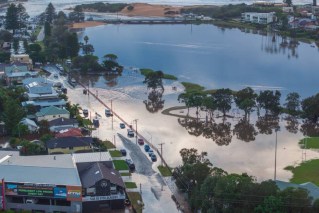Three earthquake hotspots are identified in regional Queensland
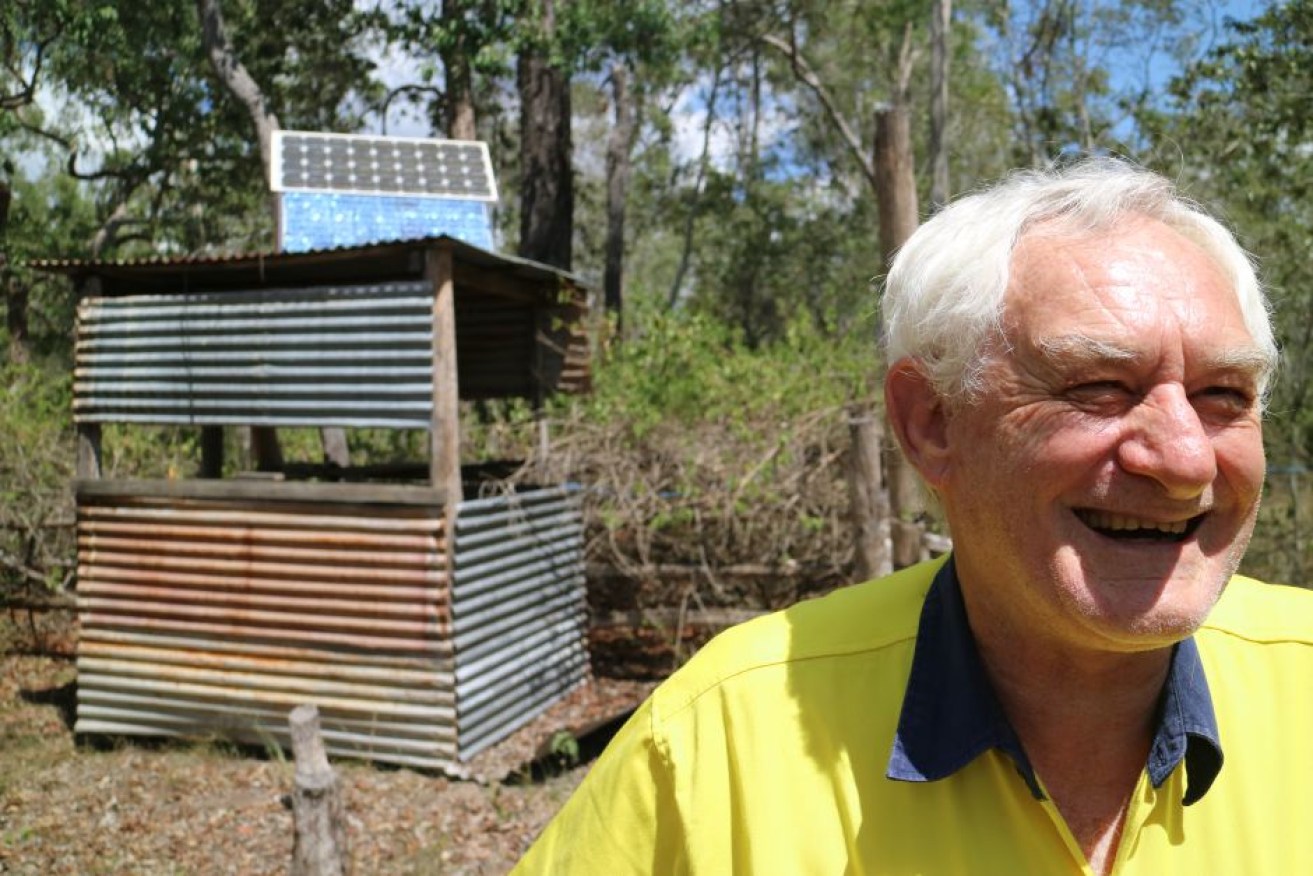
Seismologist Michael Turnbull has converted an old tin shed into a solar-powered seismograph station. Photo: ABC
Three earthquake hotspots have been identified in regional Queensland, with a higher than usual number of quakes felt over the past two years.
A report released by the Central Queensland Seismology Research Group (CQSRG) has detailed the number and extent of several significant seismic events, including last August when a magnitude-5.8 earthquake struck off the coast of Bowen.
The report details 137 earthquakes but notes that there were three ‘hotspots’ in Queensland: Mt Perry in the North Burnett, Rainbow Beach to Lady Elliot Island along the Fraser Coast, and the Whitsunday Passage area.
“Although numerous other minor earthquakes have been recorded that sit outside the immediate core of these three areas, the historical record shows that these three areas have produced by far the largest number of earthquakes of greater than magnitude 3.5,” the report said.
Other significant earthquakes noted in the report include Morven, in south-west Queensland last September, and south-west of Thargomindah in January, when a magnitude-3.0 earthquake struck.
“The fact that these events of magnitudes greater than 3.0 are occurring, and only have been recorded in relatively recent times [since about 2011] may be an indication that that region is becoming seismically active,” the report said.
Queensland ‘unusually active’
Lead seismologist with CQSRG Michael Turnbull has been studying earthquakes in Queensland for more than 20 years.
While the scale of the Bowen earthquake was significant, Mr Turnbull said the number of aftershocks that occurred in the North Burnett was also noteworthy.
In February 2015, a magnitude-5.0 earthquake struck 26 kilometres north-west of Mt Perry, but no major damage was reported.
Since then, the CQSRG recorded more than 50 aftershocks ranging between magnitude-0.6 and 3.0.
In comparison, between 2004 and 2014, an average of 4.4 earthquakes per year were detected in the same area.
“It wasn’t business as usual, it’s something that was unexpected or unforeseen,” Mr Turnbull said.
“The average return period for a magnitude-6.0 earthquake in the Central Queensland area was around 100 to 120 years.
“Now we had a magnitude 6.2 in 1918 and that was out near Lady Elliot Island and so if you take your 100-year period from that, that takes you up to 2018.”
But Mr Turnbull emphasised that the risk of a major, life-threatening earthquake in Queensland was quite low.
“The magnitude-6.0 earthquake has to occur within around about 30 kilometres of where you are before it’s going to really badly affect you and the chances of that happening actually are fairly small,” he said.
Nonetheless, Mr Turnbull cited strong seismic events north of Rainbow Beach in 2015, along with more than a dozen aftershocks lasting well into 2016, as an indication of an “unusually active” two years.
“There were three major earthquakes in that Rainbow Beach sequence,” he said.
“There was another 5.7, which is nearly as big as Bowen, there was also another 5.2 and a 5.0 — all three of those earthquakes were felt down in Brisbane.”

Seismologist Michael Turnbull is worried a lack of funding for regional researchers, like himself, is undermining data collection for earthquakes around the country. Photo: ABC
More earthquake monitoring needed
Mr Turnbull operates his seismograph station in a tin shed south-west of Gin Gin, in the Wide Bay Burnett area.
While organisations such as Geoscience Australia operate an alert system for serious seismic events, Mr Turnbull is worried that the future of smaller, more regionally focused groups like CQSRG is becoming increasingly uncertain.
“The impetus for doing earthquake research here in Australia is on the decline,” he said.
“In the years following the 1989 Newcastle earthquake there was quite a lot of interest in monitoring for earthquakes in Australia but as time progresses, people forget those things.
“The money has dried up for research in Australia and in Queensland there’s absolutely no money available.”
Mr Turnbull said increased seismic activity in south-west Queensland was worth investigating.
Tremors have been recorded in the area since 2011, with a magnitude-3.2 quake hitting 92 kilometres south of Thargomindah last month.
“There’s been an increase in the number of earthquakes of magnitude 3 or greater that have occurred from Thargomindah through to St George,” Mr Turnbull said.
“In my opinion we need to be monitoring all earthquakes of less magnitude than that so we can get an idea of what exactly is happening.”
-ABC
